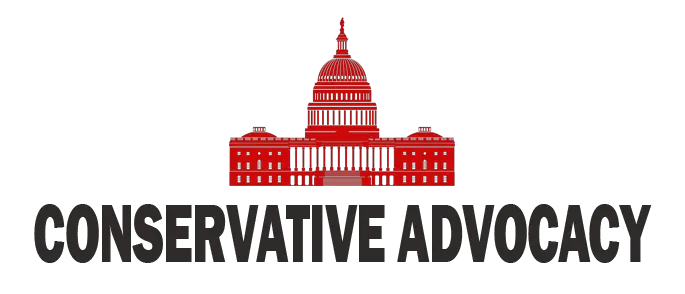In a bold move that has stirred up some serious conversation, Chicago’s mayor recently signed an executive order aimed at limiting the presence of Immigration and Customs Enforcement (ICE) agents within the city. The order establishes ICE-free zones, which means that city-owned properties and some private businesses will no longer be utilized as staging areas for any ICE raids. This decision comes amidst rising tensions between federal law enforcement and local officials in Chicago, making for quite a controversial topic.
Reports have also surfaced claiming that Chicago police were instructed not to assist ICE agents during a recent altercation with rioters. This alleged order created a swirl of confusion as Chicago’s superintendent claimed it was untrue, asserting that officers were out in force and ready to assist whenever necessary. One can only imagine the whispers of disbelief among the ranks, as the commander of the patrol seemingly contradicted this sentiment by suggesting that officers were indeed cleared to distance themselves from the scene.
Amid the chaos, John Hoyt, the National Fraternal Order of Police’s second vice president, has entered the discussion. Hoyt expressed concern about the disconnect between the actions of the command staff and the realities on the ground. He stressed the importance of law enforcement unity, stating that it is a fundamental duty for officers to support one another in times of need, especially when federal officers are involved. Such sentiments have resonated deeply among officers who find themselves caught between political agendas and their sworn duties.
Hoyt further emphasized that the cardinal rule in law enforcement is to never leave a fellow officer stranded. He couldn’t grasp how a commanding officer could issue such an order, noting that it’s crucial to remember that those on the streets know the dynamics of potential danger far better than any desk-bound supervisors who spend more time studying for promotions than engaging with the community. The camaraderie and commitment among officers to uphold public safety are apparently at the center of this debate, showcasing the difference between political maneuvering and the real-life stakes faced by those in the field.
Adding another layer to the ongoing saga is the reporting from The Washington Post, which suggests that some D.C. police officers have accused their supervisors of downplaying serious crimes to present a façade of safety in their precincts. Hoyt’s commentary on this situation makes it clear: allowing political motives to impact law enforcement policy can lead to dangerous outcomes not just for officers but for the communities they serve. Without transparency and accountability, police departments may struggle to allocate resources effectively and confront rising crime rates head-on.
It seems that Chicago’s current predicament spotlighting ICE agents and political interference, is just one example of a broader issue facing law enforcement across the country. Many officers remain dedicated to their oath—to protect and serve the community. Yet, if these orders continue to come from the top with little regard for the realities on the ground, one can only wonder what this means for the future of law enforcement amidst an increasingly complicated political landscape. In any case, it’s clear that the best way forward rests on unity and unwavering dedication to the values of public safety, regardless of the political whims that may threaten to distract from that mission.




